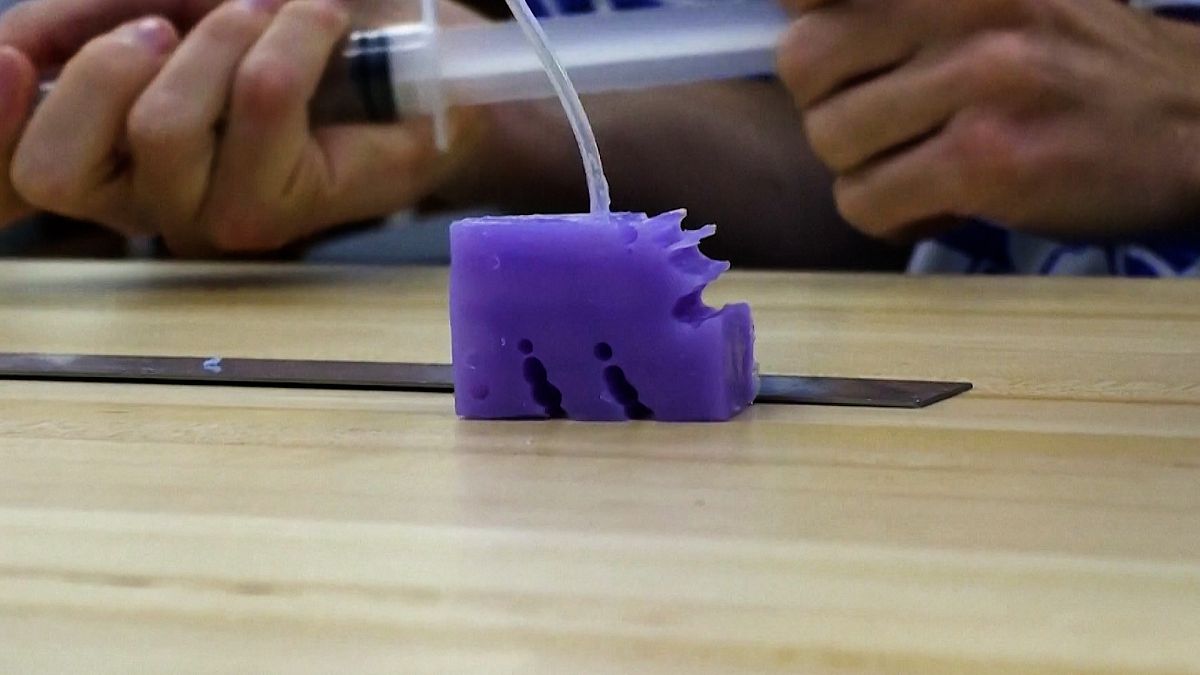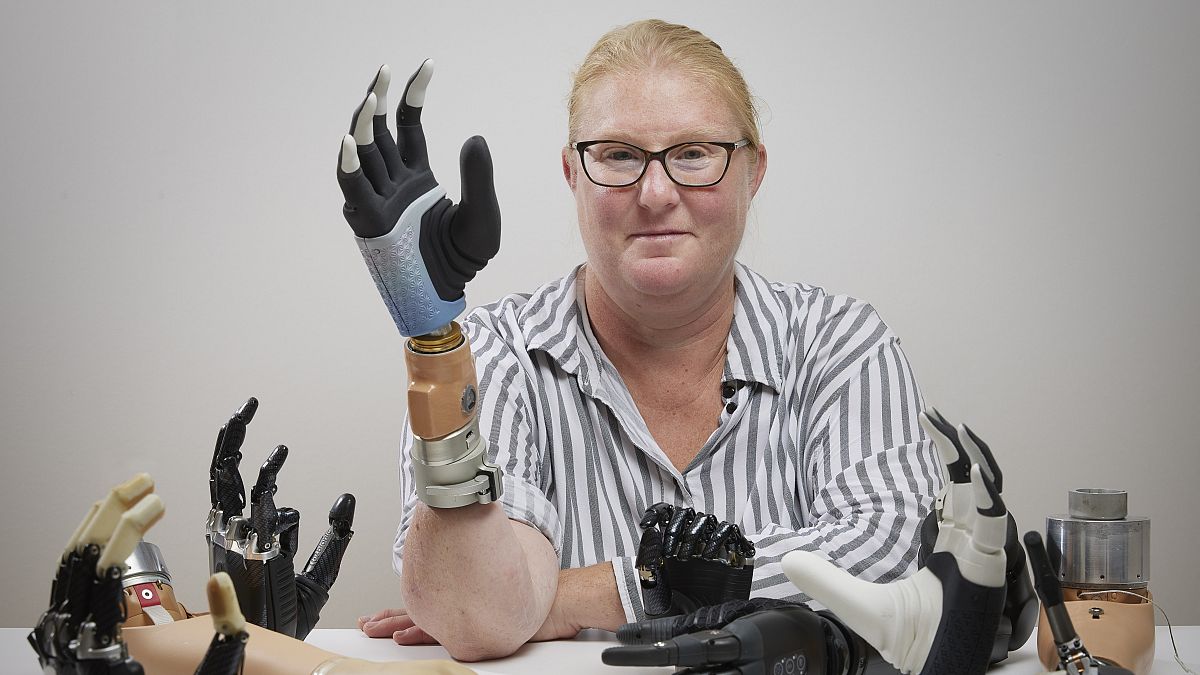AI Crafts Robot From Scratch in New US Lab

AI Generates Walking Robot Blueprint in Seconds
Swift Creation from Minimal Guidance
- Input a basic prompt
- The system processes the request and instantly produces a detailed blueprint
- Resulting design ready in just a few seconds
Key Features of the Generated Blueprint
- Simple mechanical layout for a rudimentary walking robot
- Comprehensive component list and assembly instructions
- Optimized for rapid prototyping and testing
AI‑Powered Robot Design Breaks Ground in Seconds
Following the surge of interest in artificial intelligence sparked by ChatGPT’s debut, a team at Northwestern University has created a system that can conceive functional robots in a matter of seconds. The breakthrough was featured in the Proceedings of the National Academy of Sciences.
How the System Works
- The user supplies a simple instruction: “Design a robot that can walk on flat terrain.”
- Using its own algorithm, the AI generates a blueprint of a walking robot.
- Rather than refining an existing design, it starts from scratch, modeling a sponge‑like body with random cavities.
- These cavities distribute weight and enhance flexibility, key to induce natural motion.
- The blueprint is turned into a 3D‑printed mold, which is then filled with liquid silicone to produce a low‑density, biodegradable robot.
Innovation Beyond Human Bias
Traditionally, AI projects rely on vast datasets and supercomputing power. In contrast, this new system runs entirely on a standard personal computer. Sam Kriegman, the project lead, described the design process as “evolution in action,” where the algorithm evaluates possible changes by projecting future behavior outcomes. This allows it to iteratively improve the robot without human preconceptions.
Key Findings
- The irregular geometry of the robot enhances stability and reduces mass.
- Even though the manufactured robot looks unrefined, its internal structure simulates a realistic walking pattern.
- Kriegman anticipates that expanding the AI’s design space will yield more sophisticated and practical robotic solutions.
Implications and Future Directions
Kriegman emphasized that the system’s ability to generate fresh ideas could inspire new hypotheses and eventually lead to real-world applications. As the AI is given more design challenges, developers expect the resulting robots to grow in complexity and usefulness.
For a deeper look into the research, viewers can watch the accompanying video (accessible via the media player).





